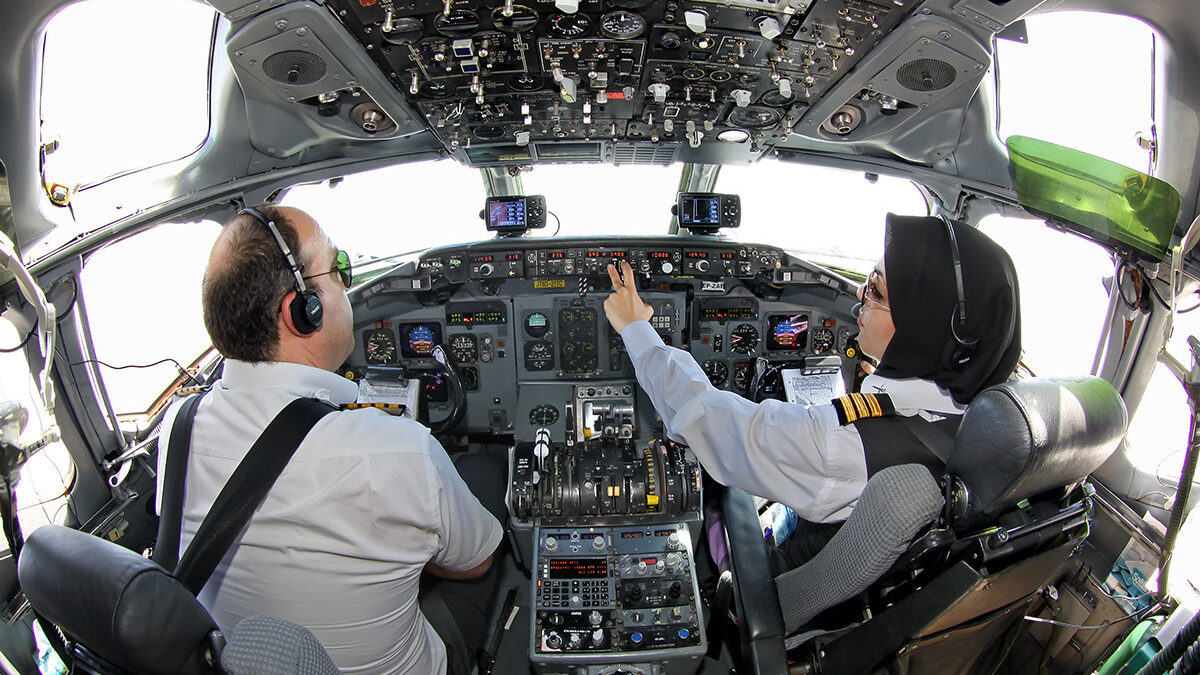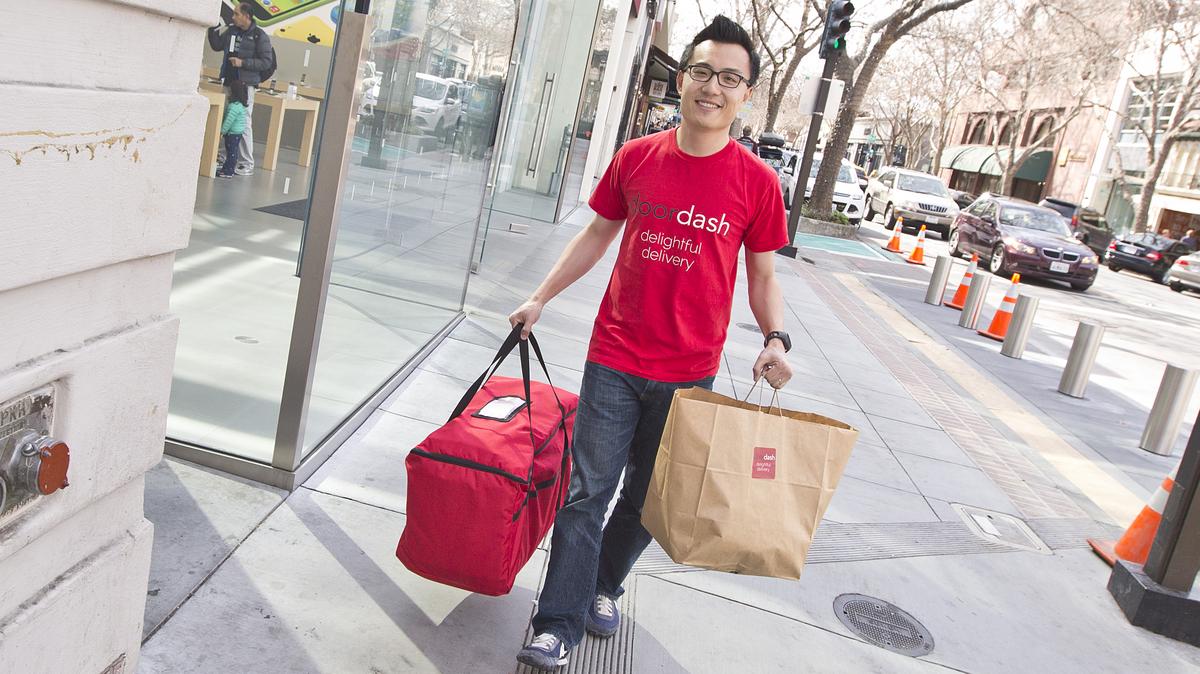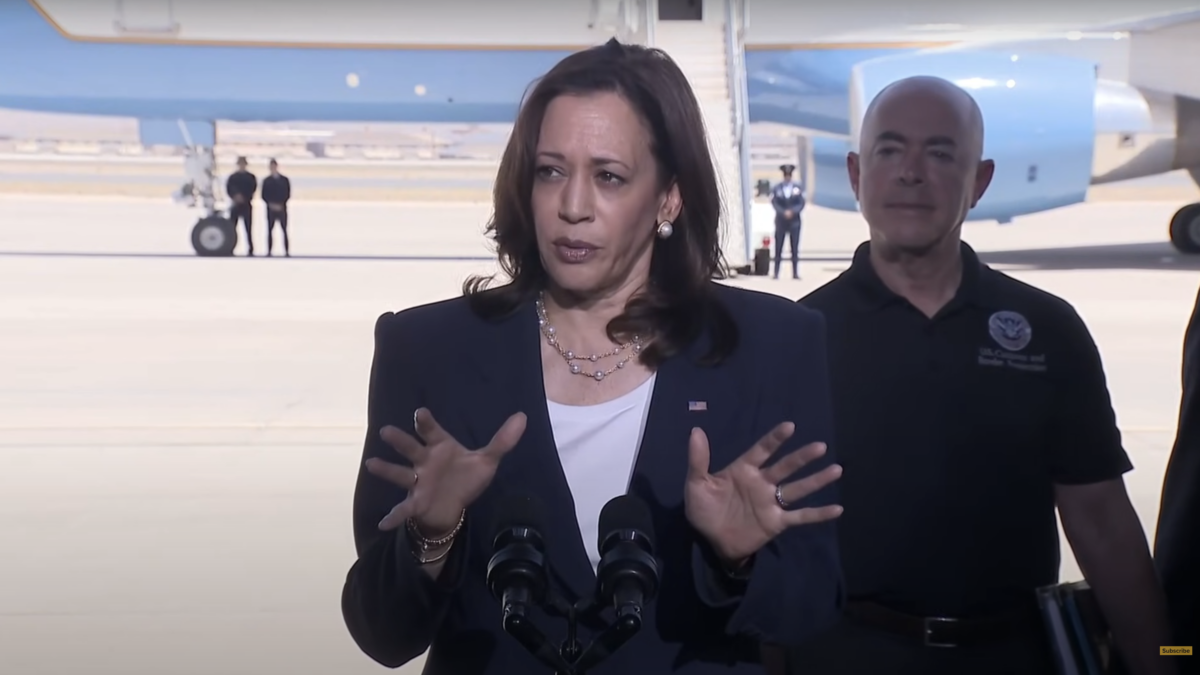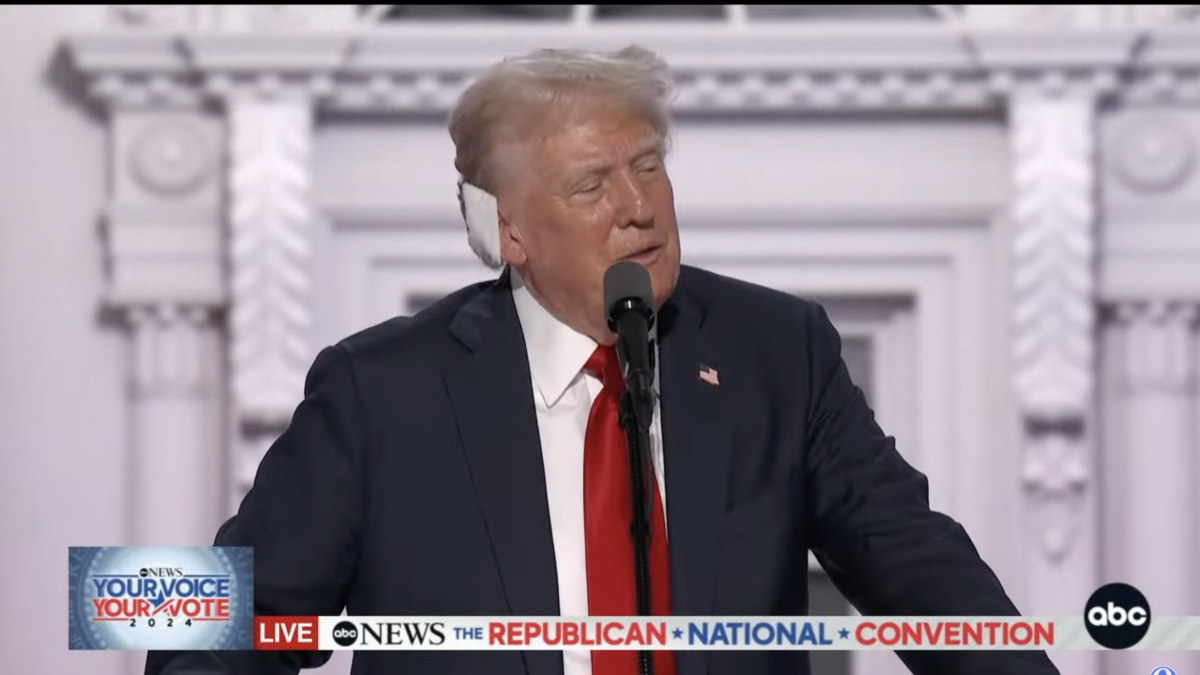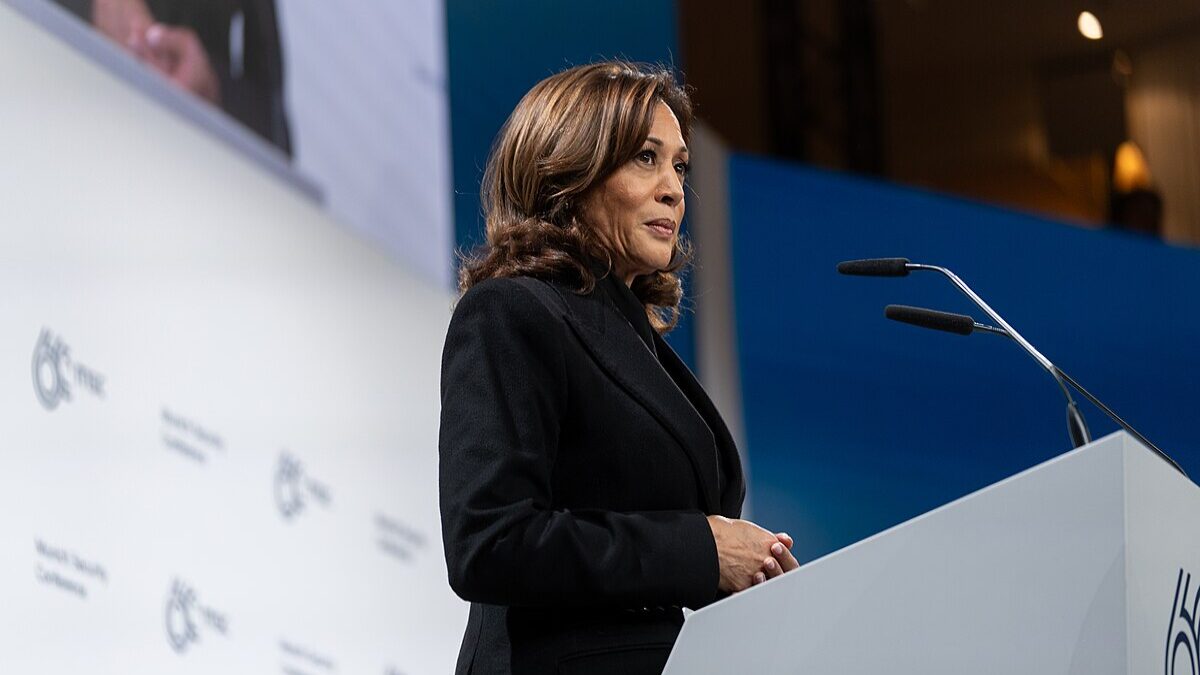A wagon train sounds more appealing to me right now than setting foot on a plane with a pilot more trained in detecting microaggressions at work than changes in airspeed and altitude.
I hate flying. My poor husband still has a sore arm from where I grabbed him every time the plane hit turbulence on our last flight. I didn’t always hate it — I used to fly across the country to and from college constantly without thinking about it. I’d fly to Europe without stressing about anything other than how bored I’d be for 12 hours. The Chuck Yeager voice of the calm pilot telling me to put my seatbelt on was reassuring. I was in good hands — the best.
But after one super bumpy flight through a storm cloud during a landing in Paris, I developed a fear of turbulence. This led to me falling into a plane crash rabbit hole. I learned about every gruesome plane crash from the last 50 years. I began to try to find out what caused most crashes, in a vain attempt to prevent having to go out like that.
What brings down an airplane? 9/11: al-Qaida terrorists. The American Airlines crash right after 9/11 out of JFK airport in New York: pilot error. The terrible Air France flight from South America: frozen pitot tubes and pilot error. The Calgon Air crash: ice and pilot error. The miracle on the Hudson: fat geese.
The miracle on the Hudson flight confirmed that in the unlikely event of a flight mishap, having a skilled pilot is literally your only hope.
This is why the degrading of pilot training and hiring in America fills me with existential dread. Since the pandemic-induced early buyouts of older and extremely experienced commercial pilots, I’ve been extra jumpy. Days before a flight, I start checking the turbulence maps to preview my fate. Looking at weather reports. Trying to figure out how old my actual plane will be and what its safety record is. I don’t fly certain airlines or during certain times of year (summer is thunderstorm season). You could not pay me to take an equator-crossing flight or one near Singapore, both routes known for bad turbulence.
You might say I am a neurotic lunatic, that this is no way to live — and you’d be right. But I promise you that if you ever fly with me, know that my frantic prayers are the only thing keeping that metal tube from plummeting to the ground.
The one thing that enables me to get on a plane is the certainty that my pilot is a highly trained professional, maybe a former Navy or Air Force pilot, with many years of experience flying through rough weather on lesser planes. Maybe he’s flown sorties off an aircraft carrier, dodged midair shrapnel. My nonstop from LAX to Kona is a piece of cake to this guy. Nothing’s gonna faze him. He will get the kids and me to our overpriced vacation destination!
Only, those guys are going the way of the dodo. Most new pilots have no military training. Some have never flown a plane before they walk into the United Airlines flight academy.
Equity Air
Starting in 2020, airlines panicked and did two insanely stupid things. They forced a generation of their most experienced pilots into early retirement, blaming the pandemic. Then, when they realized they’d triggered a catastrophic pilot shortage, they massively increased hiring. Unfortunately, it was 2020 so the new George Floyd rules were in effect. Airline after airline caved to the “diversity, equity, and inclusion” commissars and committed to new race-based hiring rules.
“Over the next decade, United will train 5,000 pilots who will be guaranteed a job with United, after they complete the requirements of the Aviate program — and our plan is for half of them to be women and people of color,” said United CEO Scott Kirby. “We’re excited that JPMorgan Chase has agreed to support our work to diversify our pilot ranks and create new opportunities for thousands of women and people of color who want to pursue a career in aviation.”
You may not be surprised to learn that it was newly trained United pilots who accidentally put a plane into a dive toward the ocean this year, coming a few hundred feet from turning the passengers into fish food. “The United Airlines pilots who were in the cockpit when their plane nosedived after taking off in Hawaii have been retrained, officials said — as aviation experts speculate they may have forgotten to program the aircraft’s autopilot,” The New York Post reported.
The pilots were retrained, you say?
There was another United Airlines close call at Honolulu’s airport this year too. The National Transportation Safety Board will investigate the Jan. 23, 2023, incident in which a United Boeing 777 widebody jet crossed the runway at the airport that a Kamaka Air cargo plane was in the process of landing on.
Meanwhile, the last 12 months have delivered the highest number of near-collisions and narrowly averted disasters in modern aviation history. “With seven runway incursions of United States commercial aircraft during January and February, the first two months of 2023 saw the highest rate of such incidents in five years,” according to Wikipedia.
One plane came about 20 feet from landing on another plane full of people. And these near-collisions at airports don’t include the various oopsies mid-flight that have come close to disaster.
What has been the airlines’ response? Why, to increase race-based hiring, of course!
Notoriously woke American Airlines issued this press release in 2022: “In January, we set goals around Black representation and retention, and we met those goals by December. We increased Black representation at the director and above level by 50% versus 2020 and retained at least 90% of these leaders.”
And at Delta, diversity is also now job one. The company is working hard to increase the number of “black talent,” as it calls them. Unfortunately, “for both Black employees and other underrepresented racial and ethnic groups, our mid-year snapshot, from Q2 2021 to Q2 2022, shows decreases at the senior levels. For Black talent we saw a decrease at the managing director level from 7% to 6%; at the vice president level it shifted from 7% to 5%.”
Oops!
But to compensate for its shamefully white pilots, Delta just announced a new stupid virtue-signaling marketing campaign. Not to be confused with “Faces of Death,” the notorious snuff film documentary, Delta’s new “Faces of Travel” campaign reveals what its business priorities are. Angry at the over-representation of attractive and fit people in travel advertising, Delta is contributing new images to the stock photo industry of obese, unattractive people. Its video is hilarious.
Here is what Ashley Sherman, the general manager of ESG (environmental, social, and governance) marketing (!) at Delta had to say:
We understand the power of representation, which is a building block for this important program. Faces of Travel is an integral part of our broader commitment to move the travel industry and culture at large forward, by modeling diversity and inclusion in every aspect of the travel sector, while inspiring others to come along on this journey. Diverse travelers have been out seeing the world for decades, and it’s time the world started seeing them too.
Delta, if I am going to an exotic resort destination, I hope I’m the worst-looking one there.
Time for a New Airline
As I tweeted, I propose a new airline: Merit Air. This airline will have strict hiring rules, too, but they will be tied to experience, training, hours, and a rigorous screening process. In modern air travel, you are going to get exactly what you pay for. As DEI and ESG hiring takes over the legacy airlines, flying will become like concierge medicine. If you want to survive your next flight or your next surgery, you will have to pay.
Tickets will cost more because these pilots are paid the most. You will fly less, but you will get to avoid the DEI-run airlines without having your own private jet.
Until then, I’m going to need a lot of Xanax to survive this era. It’s gonna be a bumpy flight.
